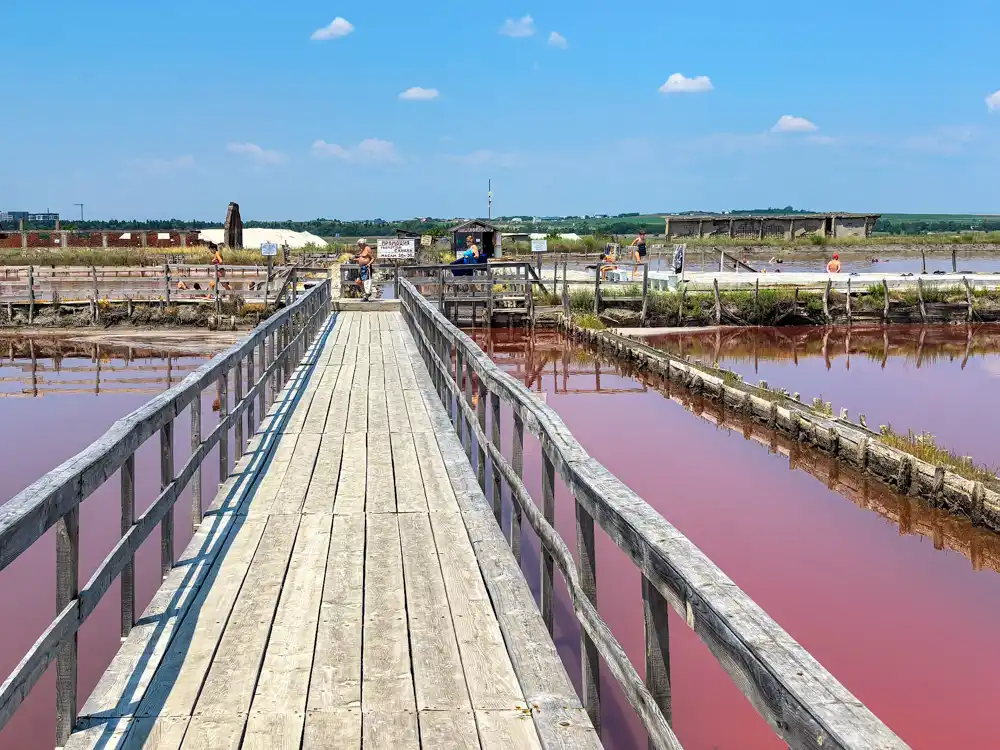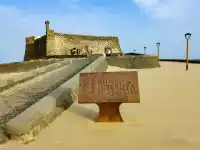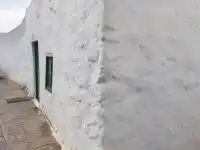The healing salt baths at Atanasovsko Lake near Burgas are hot, salty, stingy – and strangely liberating. The mud is something you’ll fall in love with, but getting there isn’t exactly simple. There’s no bus, you can’t drive there along the sea, and although there’s a cycling path, Burgas Bike sharing doesn’t have a docking station nearby. My only option? Scooting my way to the edge of the park, then walking the last 3 kilometers. But it’s worth it. Welcome to Atanasovsko Lake: where you can feel like a sardine… out of place and perfectly fine.
Like a Sardine, Just Not in the Sea
They say the best things in life are free. Well, not quite – this salty brine treatment set me back 8 leva. Still, I got to soak my body in a natural pool that even the Dead Sea would recognize as kin. If anyone ever asks you what minimalist wellness looks like, say this: Atanasovsko Lake.
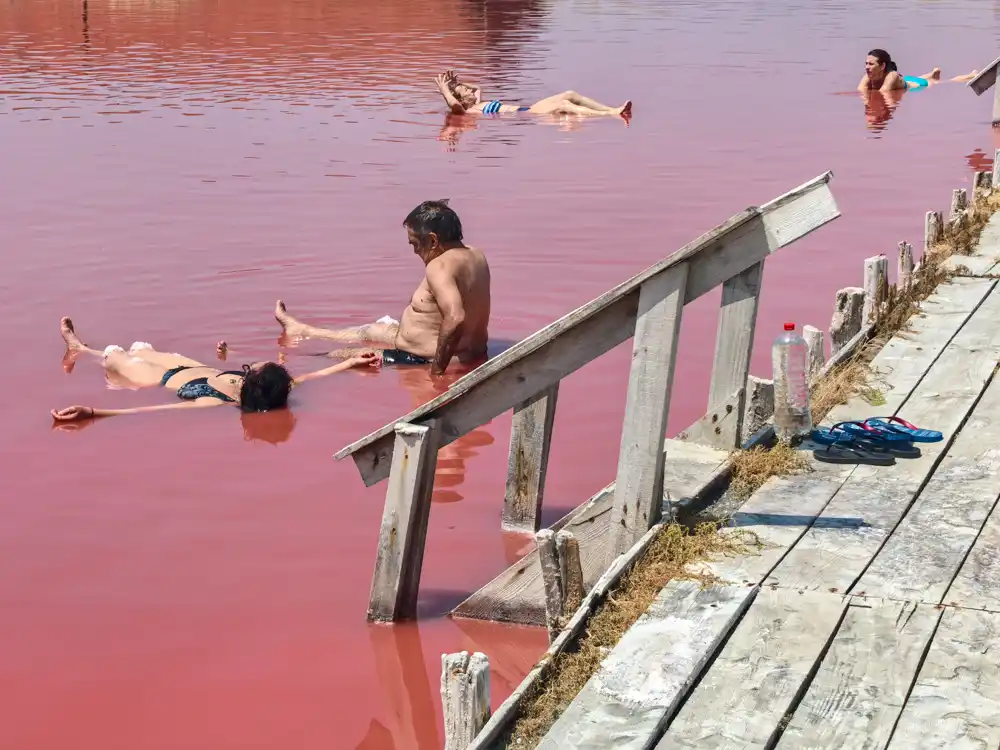
From Water That Burns Like Guilt
This is a place where sand turns to salt, water into healing brine, and tourists into salt statues. Just a few kilometers from Burgas city center, and even closer to the airport – so every relaxing sigh is punctuated by the sound of jet engines overhead. The entrance is through an old gate that echoes the past, back when workers and generals came here to heal. Today, it’s a mix of locals, wanderers, old hippies, and brave bathers – some in swimsuits, some in mud, some… without shame. Literally.
“Don’t worry, it only stings for the first five minutes. After that, you can’t feel your legs,” said an older Bulgarian woman while rubbing her calves with such care that Michelangelo would’ve been jealous.
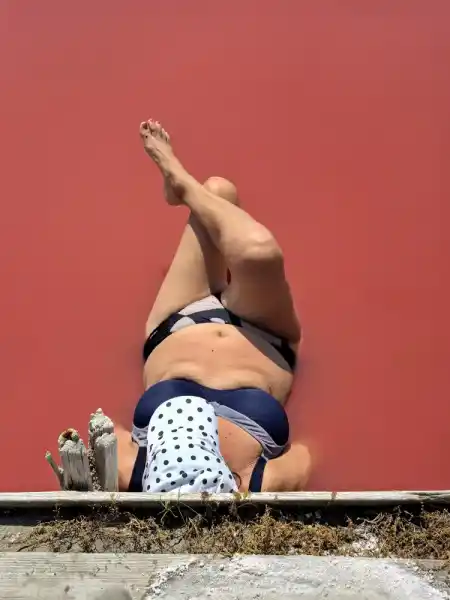
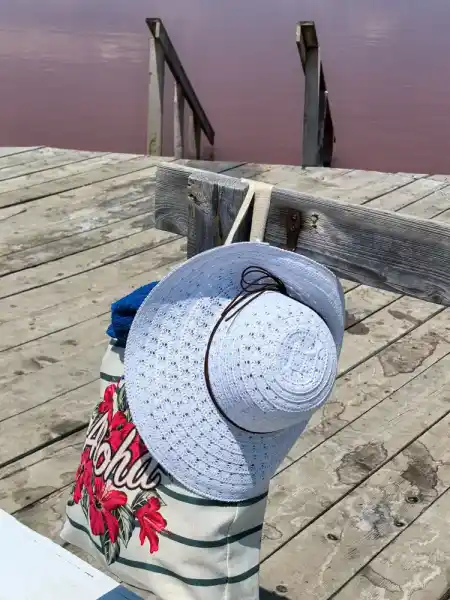
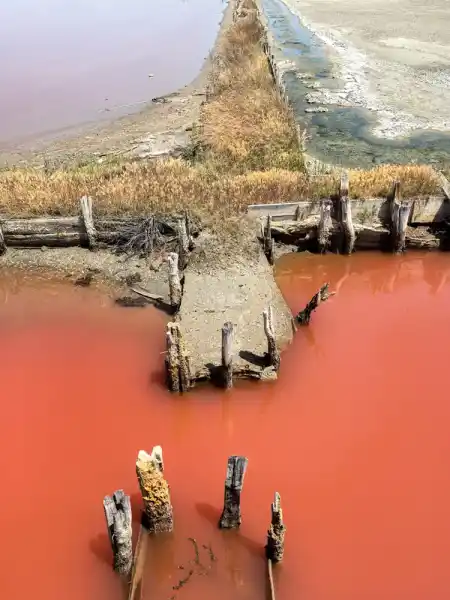
The Mud Magic: Why Are You Even Soaking Here?
The water and mud of Atanasovsko Lake are rich in minerals, salt, bromine, iodine, and other ingredients straight out of a medieval alchemy book. If they could bottle it, we’d all stink of sulfur – but at least we’d be healthy as oxen.
Healing benefits?
- Rheumatism
- Skin conditions (including psoriasis)
- Musculoskeletal disorders
- Gynecological and urological issues
- Stress. Lots of it.
The lake really does have healing power. The mud is anti-inflammatory, improves circulation, and according to some – even your mood. I can confirm that one: it’s impossible to frown when you’re covered in half a kilo of salt.
The water’s color (yes, it really looks like that – no filter) tells you the level of mineral concentration. The darker, the stronger.
A Bit of History – With Just a Hint of Smell
Atanasovsko Lake isn’t just a spa, it’s a protected nature reserve with dozens of bird species nesting here – including flamingos. Salt production has been happening here since the Ottoman Empire, and some parts of the lake still actively produce salt. It’s divided into zones, some of which practically scream “beware of mud!”
What once was a worker’s bathhouse is now a semi-theater, semi-spa where locals, families, alternative types, and curious travelers come to indulge in a little bit of bizarre health.
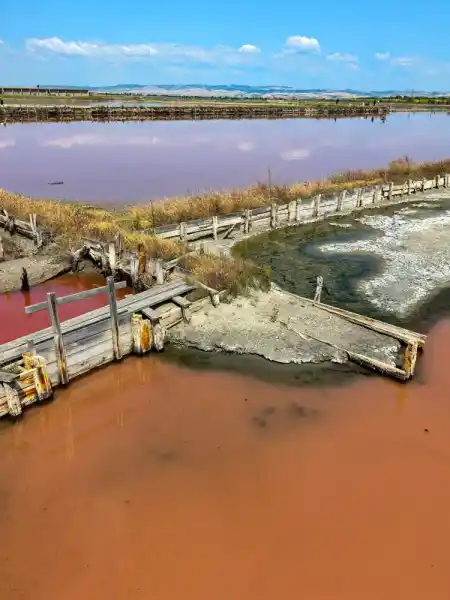
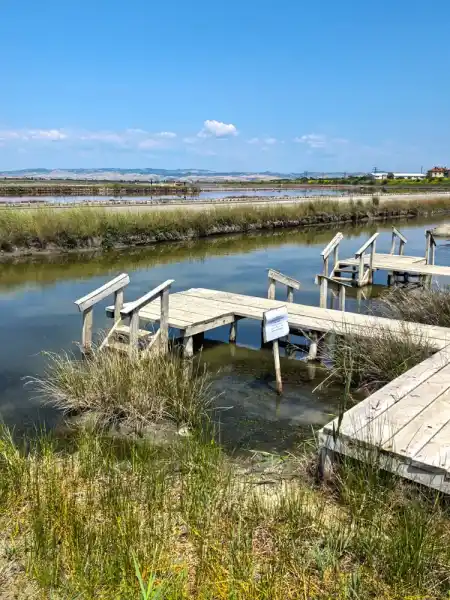
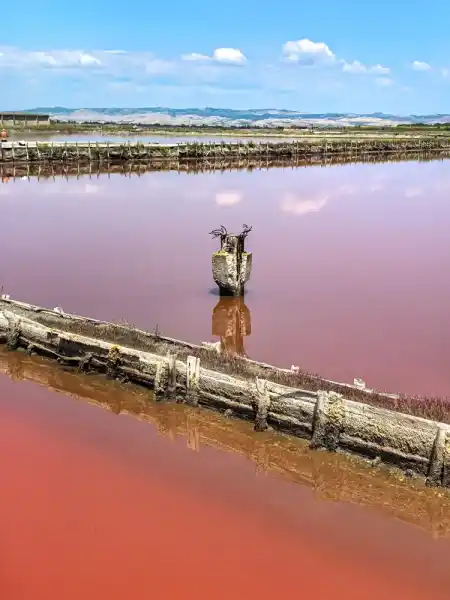
Liberation à la Sardine
You can’t drown. Honestly, you can’t even sink. The salt keeps you afloat like an inflatable mattress. The moment you emerge from the lake, mud-covered and otherworldly, you feel… miraculous. Like a sardine making a break for it. Or maybe just cleaner. Though not necessarily better-smelling.
“That’s not a smell, that’s proof the treatment worked,” an old Bulgarian man told me as he diligently rubbed mud into his ear.
Visitor Tips
- After your mud ritual, have a beer or a watermelon. In that order.
- Salt burns in open cuts. Don’t shave beforehand. (Seriously. Trust me.)
- Don’t rinse off the mud right away. Let it dry and draw the sins from your skin.
- Wash it off in the sea later – it’ll feel like spring water in comparison.
- Don’t just soak – smear yourself with mud. Look for the darkest puddles – that’s where the good stuff hides.
- On the way back, grab some local lemonade – while it’s still being sold.

